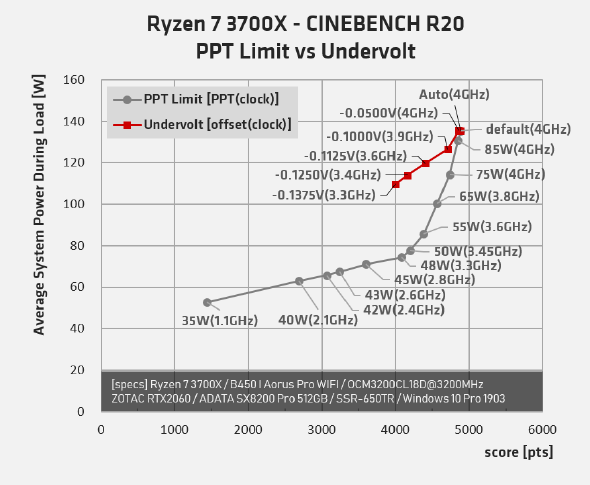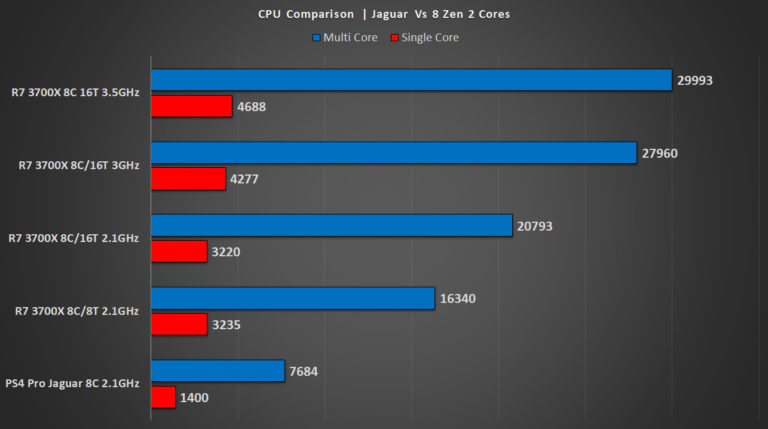cheapchips
Veteran
I think there are a ton of people out there that still game on a 1080p TV, so this Series S option could be extremely attractive to people not interested in upgrading their TV.
The sad part is all the 4k TVs that are really too far away / small to be any different than a 1080p display. That's where the 1440p 'performance target' / '4k upscaling' help in the marketing blurb.


